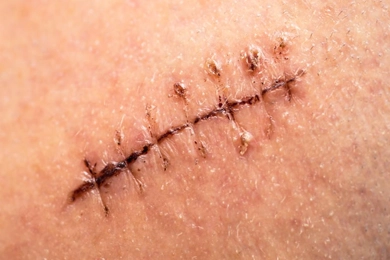
Stitches, used after surgeries or injuries, help the skin heal but can often leave unwanted scars behind. The permanence of stitch scars depends on many factors, but with the right precautions, these scars can be minimized. In this post, we’ll discuss why stitch scars occur and what you can do to prevent them.
Stitch scars form due to a combination of several factors. The main reasons are:
Choose an Experienced Surgeon
Choosing an experienced surgeon is key to minimizing stitch scars. Plastic surgeons, in particular, are skilled at performing procedures that reduce the likelihood of scarring.
Use Scar-Minimizing Techniques
Modern surgical techniques can significantly reduce the chances of scarring. Micro-surgical methods or scar-minimizing closure techniques can help the skin heal as naturally as possible.
Choose the Right Stitch Materials
Some stitches and adhesives help wounds heal faster and reduce the likelihood of scarring. Your surgeon can select the best materials for your skin to reduce the risk of scars.
Proper Wound Care
Proper wound care after surgery is crucial. Keeping the stitched area clean and hygienic reduces the risk of infection and speeds up healing. Follow your doctor’s recommended dressing techniques regularly.
Scar Creams and Silicone Gel
Using silicone-based gels or doctor-recommended scar creams can help make scars less visible. Silicone sheets, in particular, have been proven to flatten scars and reduce their appearance over time.
Massage and Moisturization
Massaging the stitched area gently can improve skin elasticity and help soften scars over time. Keeping the wound area moisturized can also prevent the skin from drying out, which can help reduce the visibility of scars.
Laser Treatment
Laser treatment is an effective way to reduce stitch scars. Laser technology stimulates the regeneration of skin tissue and speeds up the healing process. It is especially successful in making post-surgery scars less visible.
PRP (Platelet Rich Plasma) Treatment
PRP involves injecting a patient’s own platelet-rich plasma into the stitched area to speed up healing and reduce scarring.
Stem Cell Therapy
Stem cell therapy is a promising method for treating stitch scars. Stem cells help repair damaged tissues and speed up the healing process, which leads to less noticeable scars. Consult your doctor for more information on stem cell therapy.
The earlier scar treatment begins, the more effective the results. Treatments initiated early in the healing process can reduce the severity of scars. Laser and PRP therapies are particularly effective when applied early.
Sun Protection
Exposing scars to sunlight can cause them to darken and become more noticeable. Use high-SPF sunscreens to protect the stitched area from the sun.
Healthy Diet
A balanced diet rich in vitamins, antioxidants, and proteins supports skin health and speeds up the healing process. Vitamin C-rich fruits and green leafy vegetables are especially beneficial for wound healing.
Limit Smoking and Alcohol Consumption
Smoking and alcohol slow down the skin’s healing process and can make scars more prominent. Limiting these habits before and after surgery reduces the risk of scarring.
“Whether or not stitch scars become permanent depends on many factors, but proper care and treatment can significantly reduce their visibility. By following your doctor’s advice and exploring additional treatment methods, you can minimize the appearance of scars. If you are concerned about noticeable scars, consult a professional for a personalized evaluation and treatment plan.”
 Factors Exacerbating Lipedema: Triggering Drugs, Foods, and Supplements
Factors Exacerbating Lipedema: Triggering Drugs, Foods, and SupplementsLipedema is a common chronic condition, particularly among women, that leads to abnormal fat accumulation in areas such as the legs and hips, significantly reducing the quality of life. This article discusse ...
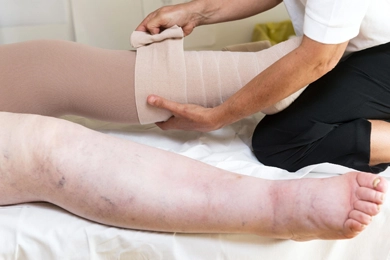 Understanding the Distinctions Between Lipedema and Lymphedema
Understanding the Distinctions Between Lipedema and LymphedemaLipedema and lymphedema are often confused due to their similar names and some overlapping symptoms. However, they are distinct medical conditions with different causes, treatments, and management strategies ...
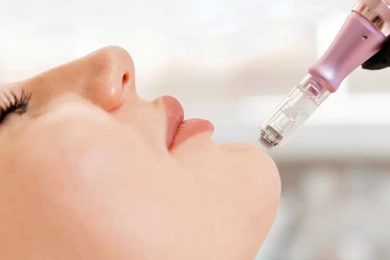 What is the Best Source of Exosomes?
What is the Best Source of Exosomes?Exosome therapy has emerged as an innovative treatment method for skin rejuvenation, hair loss prevention, wound healing, and immune support. The effectiveness of exosomes depends heavily on their source, ex ...
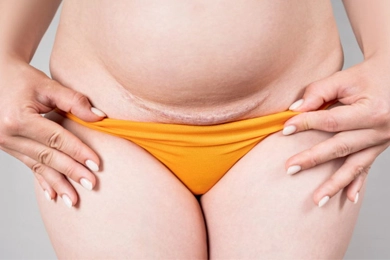 How to Get Rid of Surgical Stitch Scars?
How to Get Rid of Surgical Stitch Scars?After surgery, scars from stitches are often part of the healing process. These scars can cause aesthetic concerns for many, but with the right treatments, their appearance can be significantly reduced. So, ...
 How Does Stem Cell Therapy Reduce Surgical Scars?
How Does Stem Cell Therapy Reduce Surgical Scars?Surgeries are often vital steps to improve health, but they can leave behind scars that are particularly bothersome for those with aesthetic concerns. Traditional treatments may not always be effective enoug ...
 Does Stem Cell Therapy (SVF) Prevent Scar Formation on the Skin?
Does Stem Cell Therapy (SVF) Prevent Scar Formation on the Skin?Scarring is a natural part of the body’s healing process after injuries, surgeries, or trauma. However, excessive scarring can sometimes lead to aesthetic concerns or functional limitations. Recent studies s ...
 Advantages of Having Lipedema Surgery in Turkey
Advantages of Having Lipedema Surgery in TurkeyTurkey has become a global hub for lipedema surgery due to its skilled surgeons, modern facilities, and affordable healthcare options. In this post, we’ll explore the advantages of having lipedema surgery in ...
 Why You Should Get a Tummy Tuck in Turkey
Why You Should Get a Tummy Tuck in TurkeyWhen considering a tummy tuck (abdominoplasty),selecting the right country for the procedure is crucial. Turkey has emerged as one of the top destinations for medical tourism, especially in the field of cosm ...
 What Causes Teeth Grinding?
What Causes Teeth Grinding?Teeth grinding, also known as bruxism, is a common issue that can affect both children and adults. This involuntary habit usually occurs during sleep but can also happen during the day. If left untreated, te ...
 Is There an Age Limit for Facial Stem Cell Therapy?
Is There an Age Limit for Facial Stem Cell Therapy?Facial stem cell therapy has become a popular option for those looking to rejuvenate their skin and combat signs of aging. This innovative procedure involves using a patient’s own stem cells to stimulate col ...
 Does Stem Cell Facial Rejuvenation Cause Cancer?
Does Stem Cell Facial Rejuvenation Cause Cancer?Stem cell facial rejuvenation has emerged as a cutting-edge anti-aging treatment in recent years. This procedure uses stem cells extracted from the patient's own body, which are then processed and injected i ...
 How Long Do the Effects of Facial Stem Cell Therapy Last?
How Long Do the Effects of Facial Stem Cell Therapy Last?Facial stem cell therapy has gained significant popularity in recent years as a powerful anti-aging treatment. By using stem cells from the patient's own body, this procedure helps rejuvenate and refresh the ...
 Are HIFU Results Permanent?
Are HIFU Results Permanent?High-Intensity Focused Ultrasound, commonly known as HIFU, has gained popularity as a non-surgical treatment for skin tightening and lifting. But one of the most frequently asked questions is: Are the result ...
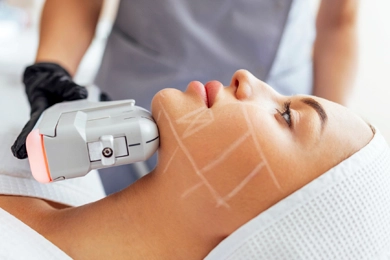 How Long Do the Effects of Non-Surgical Face Lifting (HIFU) Last?
How Long Do the Effects of Non-Surgical Face Lifting (HIFU) Last?Non-surgical face lifting methods, especially HIFU (High-Intensity Focused Ultrasound),have become a popular choice for skin tightening and rejuvenation. But one of the most common questions is: how long do ...
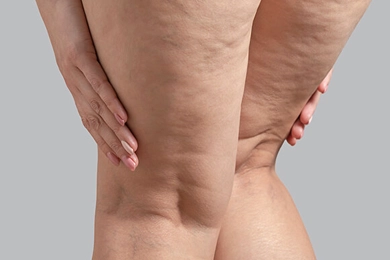 How to Know If You Have Lipedema: A Complete Guide
How to Know If You Have Lipedema: A Complete GuideA persistent medical condition called lipedema is sometimes confused with lymphedema or simply obesity. It is mainly affecting women and is characterized by an abnormal build-up of fat, usually in the arms a ...
 How to Know If You Have Gynecomastia?
How to Know If You Have Gynecomastia?If you suspect you have gynecomastia, it’s important to consult a healthcare professional. Your doctor will perform a physical exam, evaluate your medical history, and may order blood tests to assess hormone ...
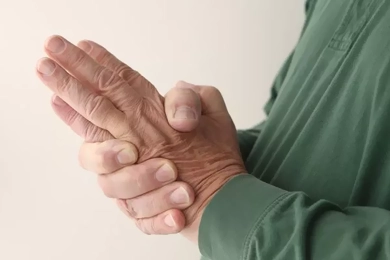 How to Prevent Inflammation?
How to Prevent Inflammation?Have you ever thought about why we age? While aging is a natural process, recent research has shown a surprise component that accelerates it: chronic inflammation. ...